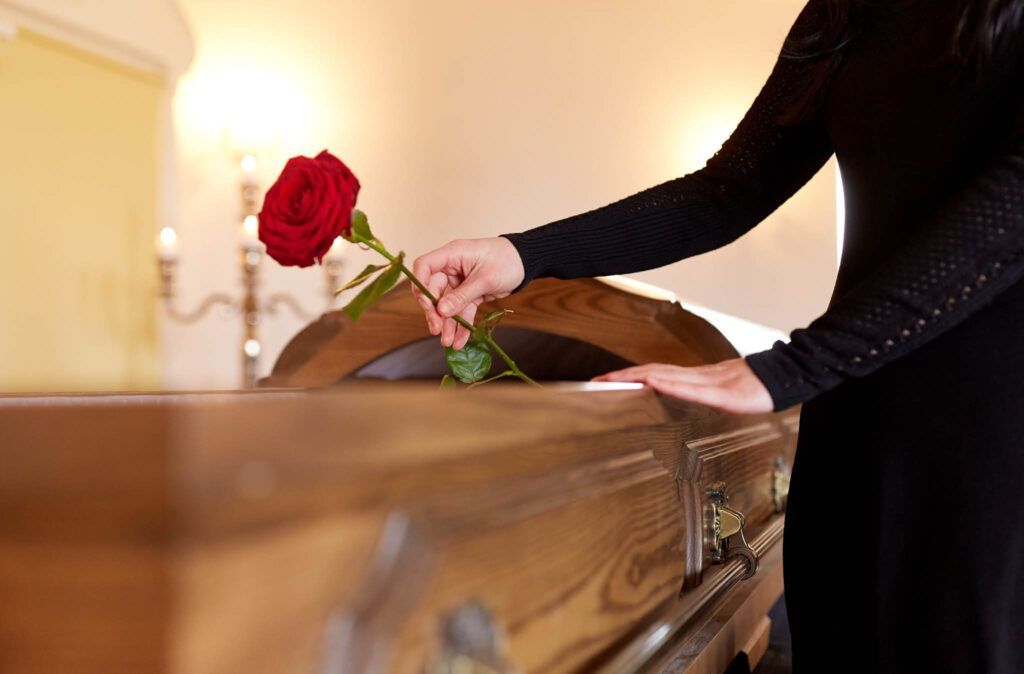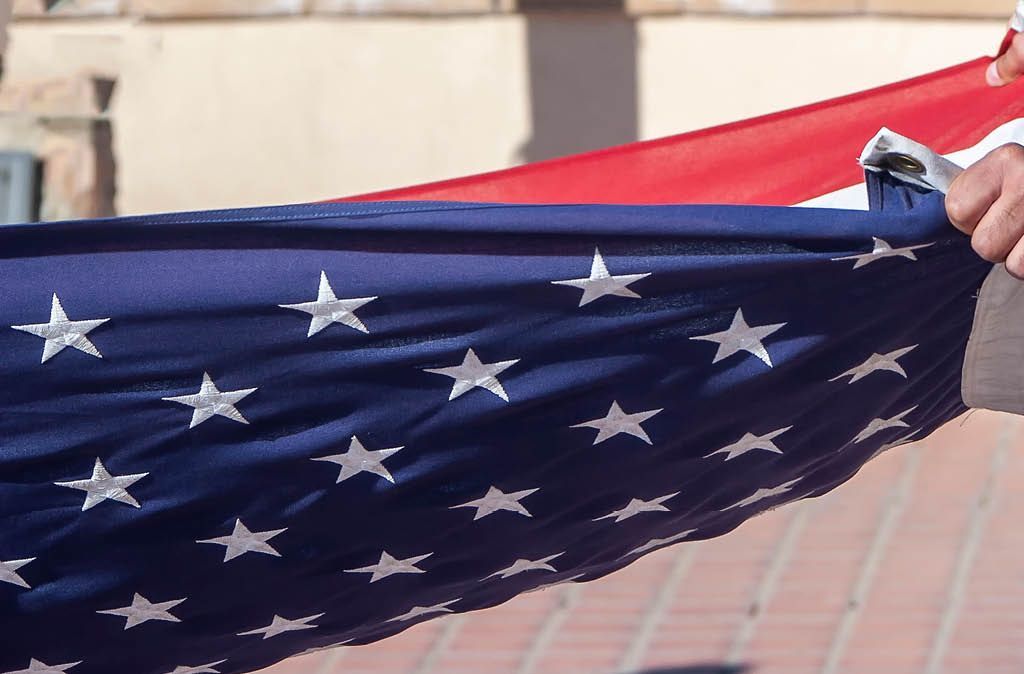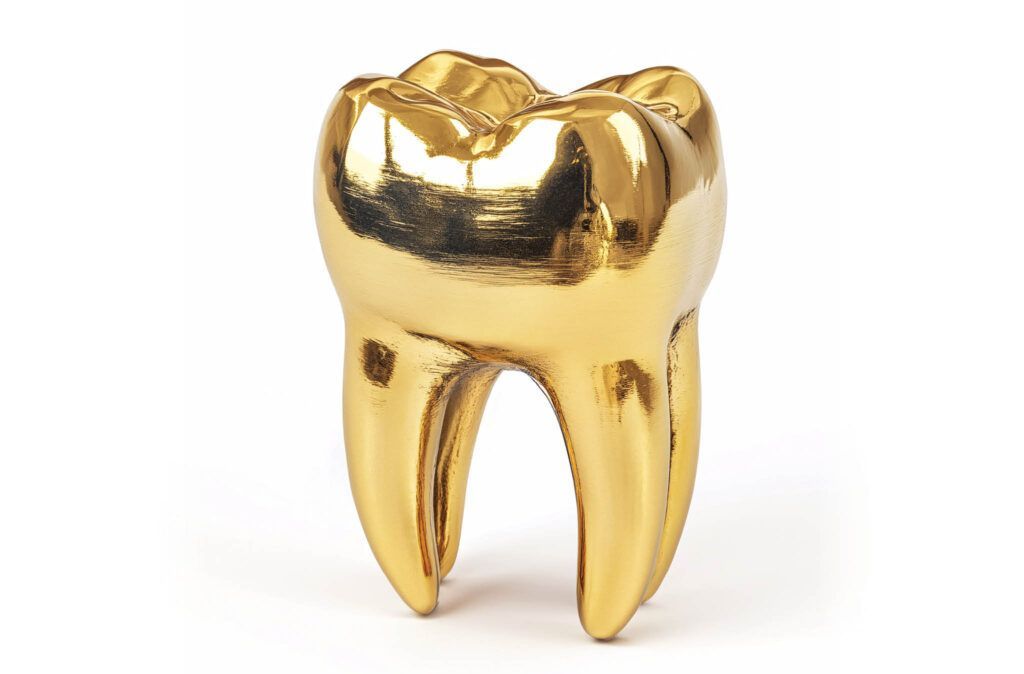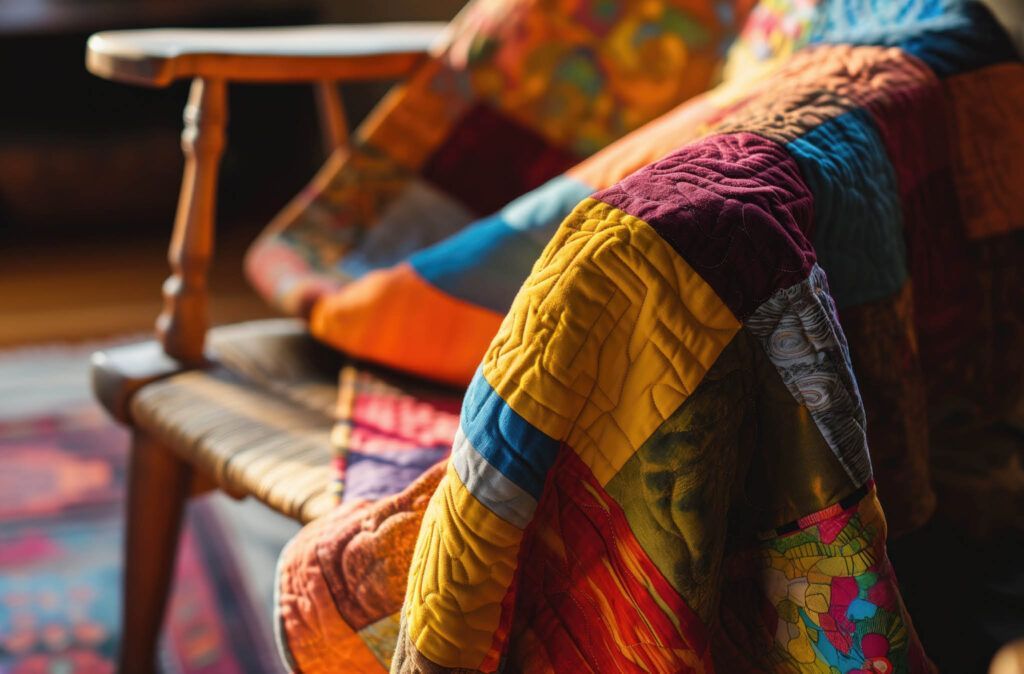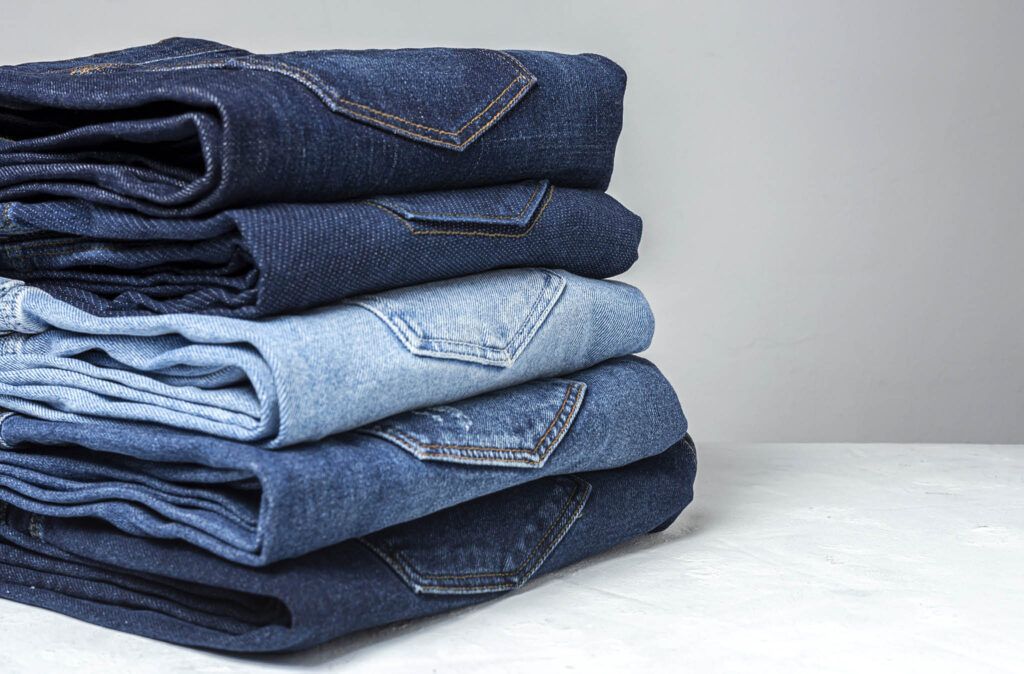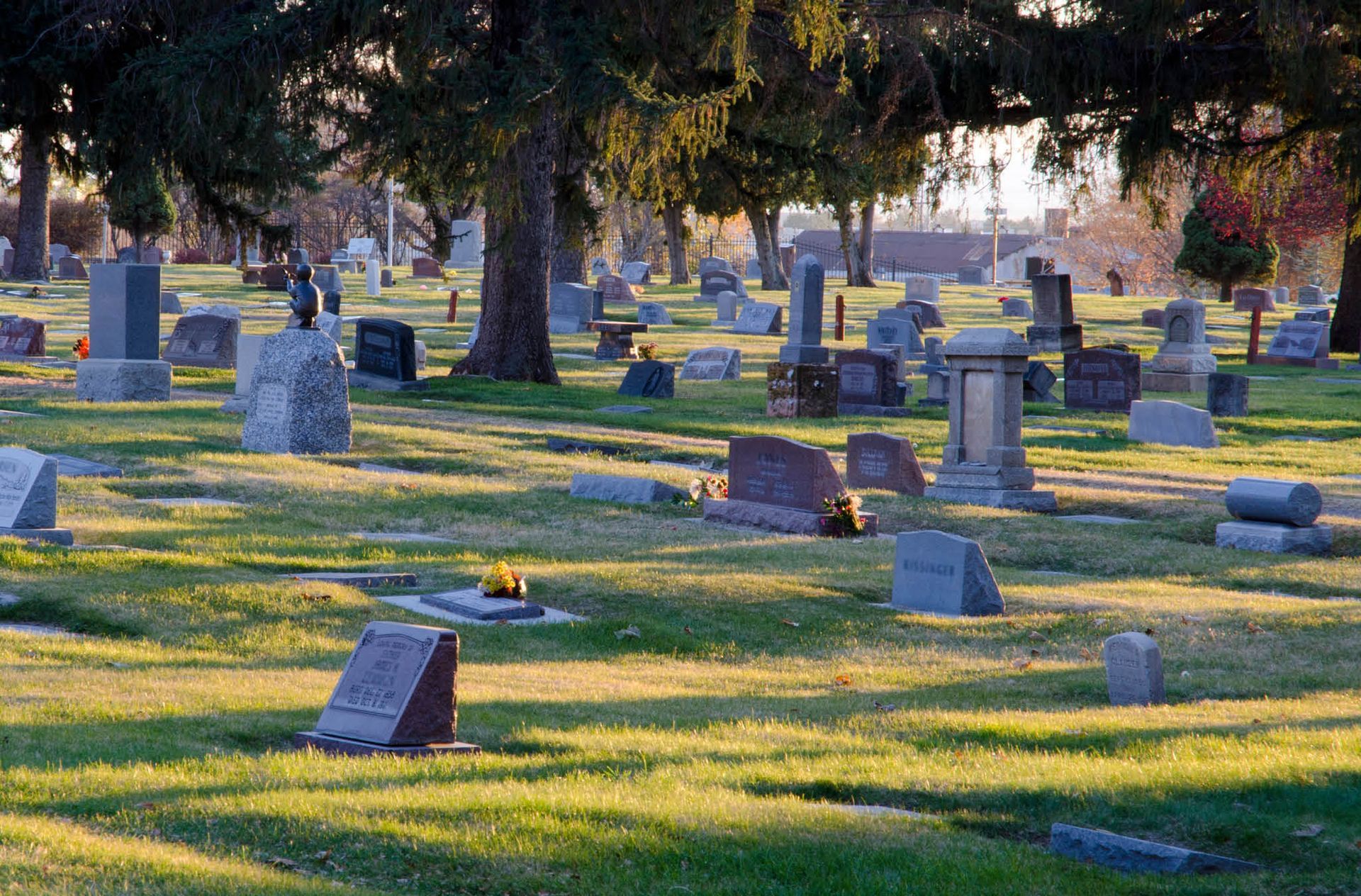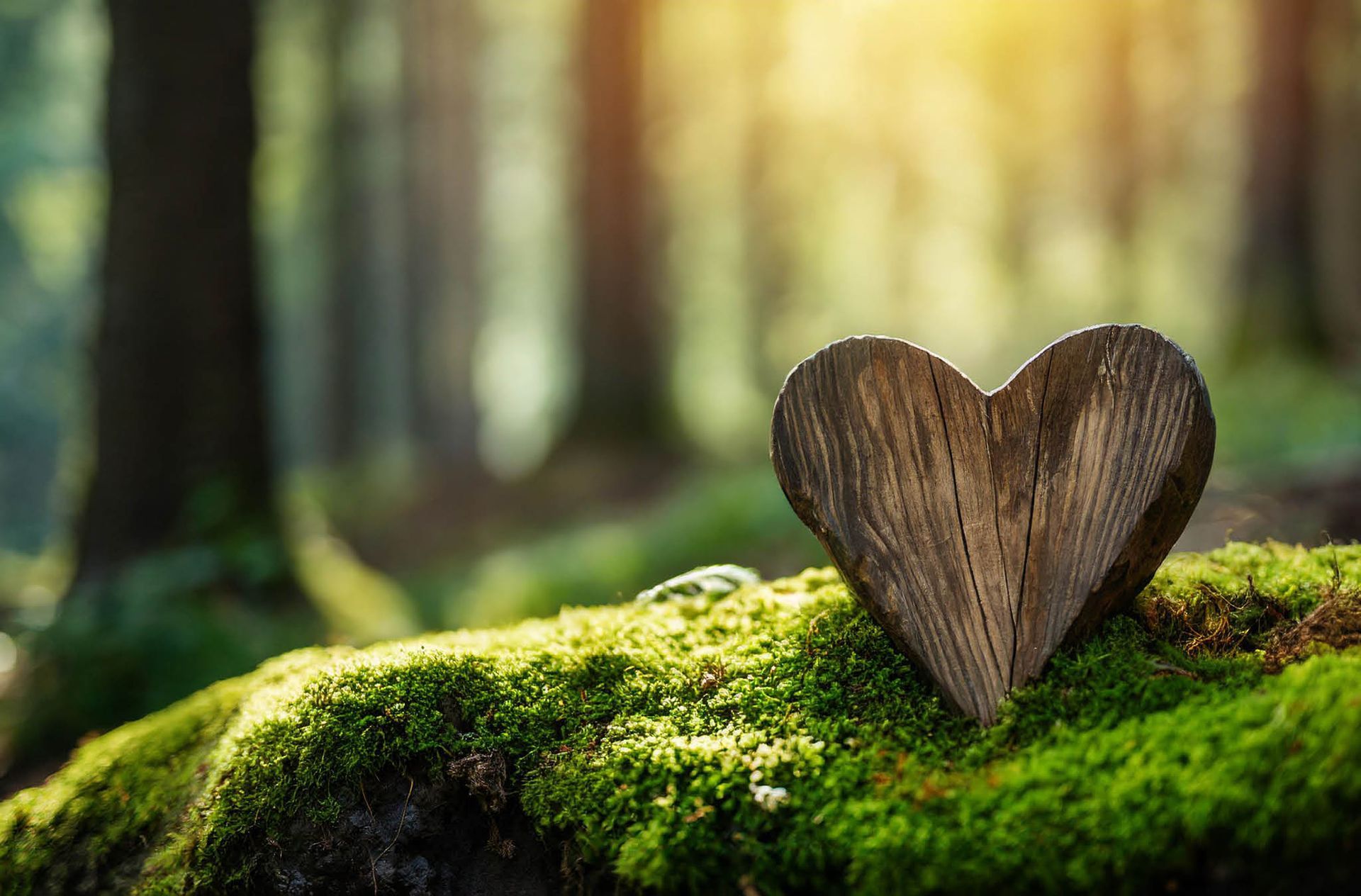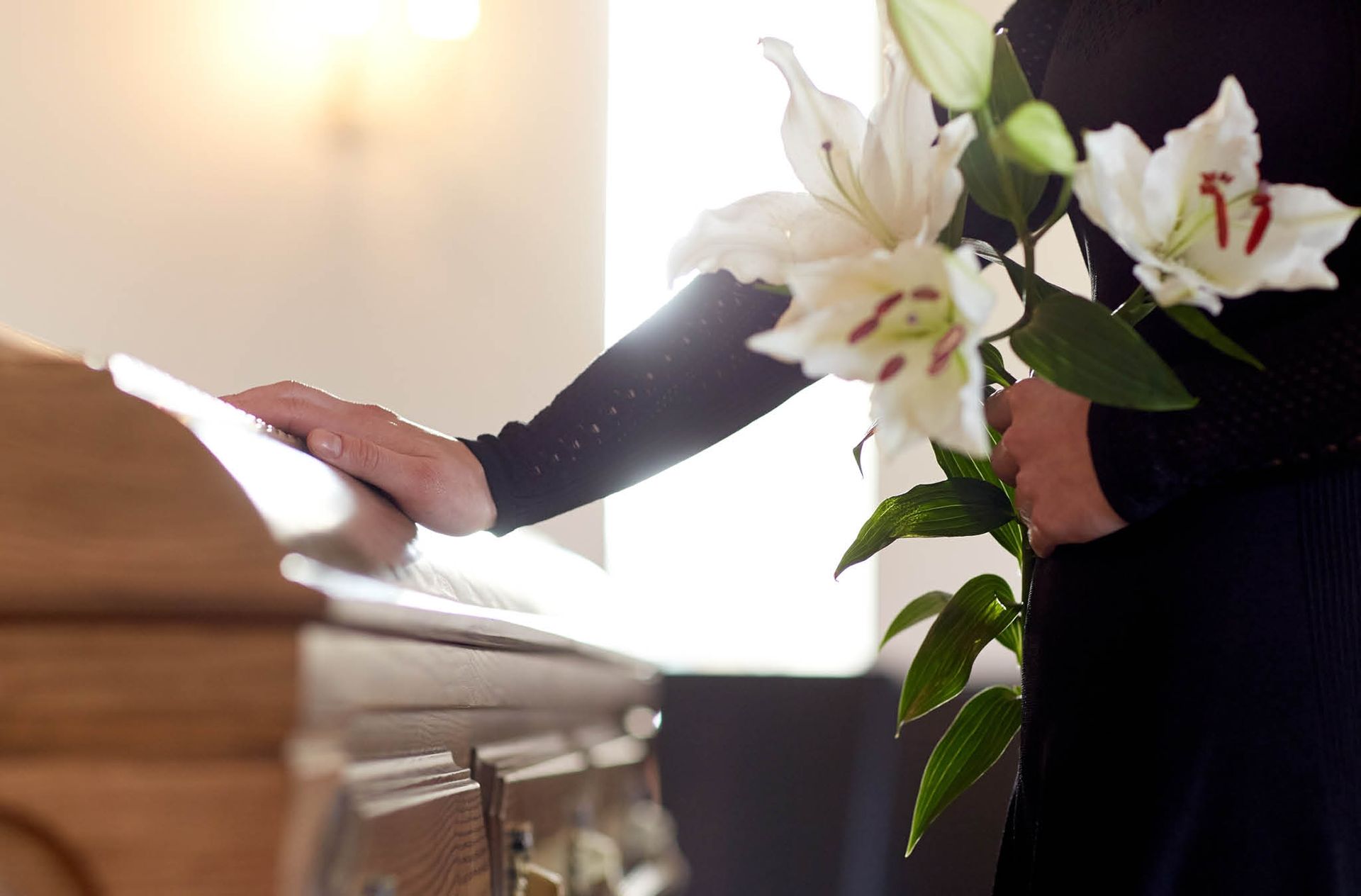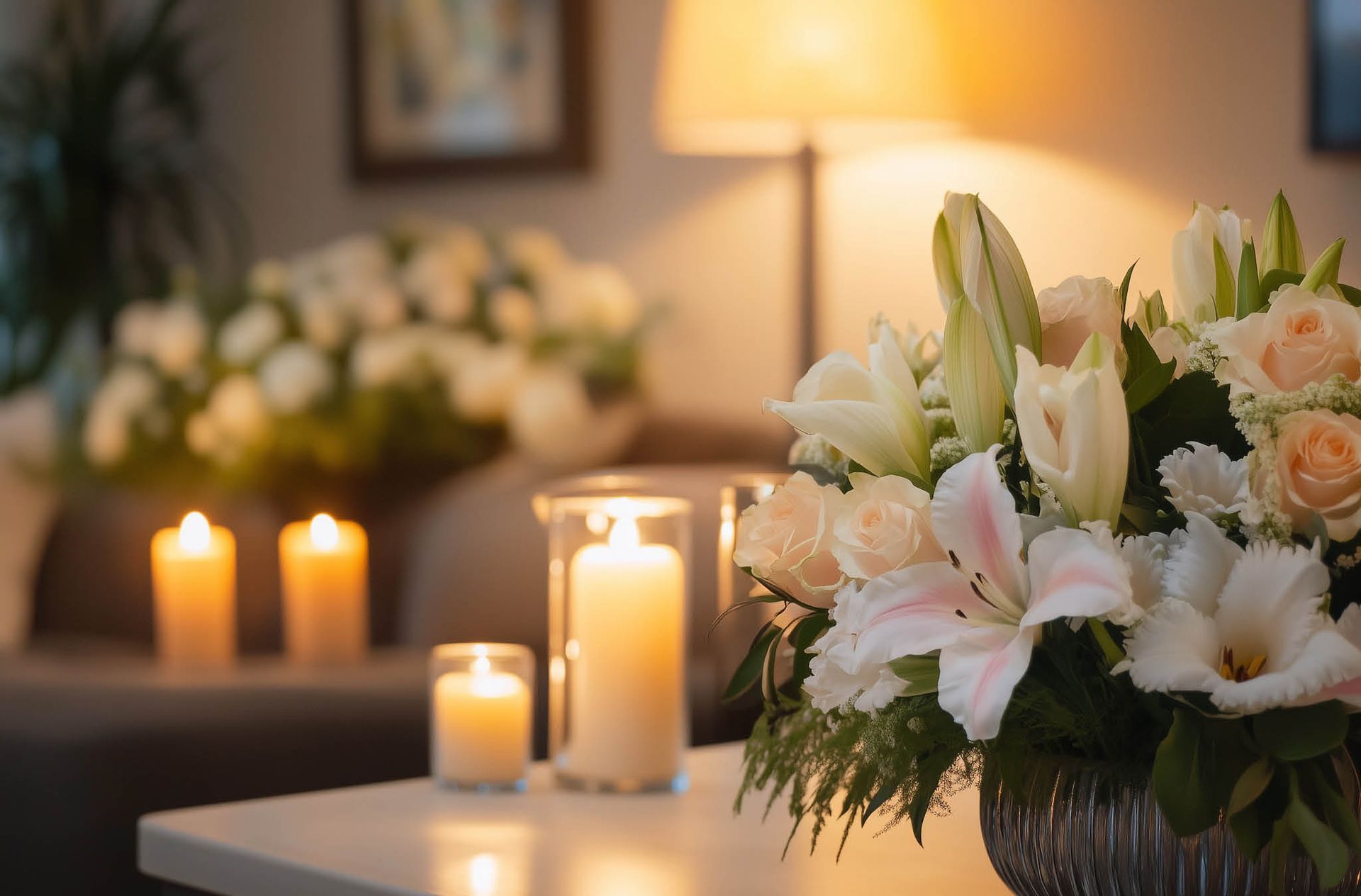The answer lies in a mix of facts and perception, often influenced by myths and fears we’ve picked up over time.
First off, embalming is meant to temporarily preserve the body, giving loved ones and the community time to say goodbye in a safe way. But embalming is also an art—some funeral directors are like Michelangelo, while others, well… let’s just say they may need more practice.
A talented embalmer takes several factors into account: the cause of death, medications they have taken, body weight, and the right balance of formaldehyde and other accessory fluids. It’s a delicate dance. If they get the formula wrong, the body can end up either under-embalmed or over-embalmed.
Overdo it, and you get a waxy, rigid looking body—because, frankly, the body is stiff as a board at that point. The goal is to preserve the body while keeping the skin soft and giving it a natural, warm complexion.
If things go awry, the body can take on a grayish tone, thanks to a poor reaction between hemoglobin and formaldehyde.
So why do bodies look different at some funeral homes?
It all comes down to skill, experience, and attention to detail. The best embalmers have a knack for making bodies look like they’re about to sit up and start chatting. Sadly, the art of embalming is losing its prominence as cremation becomes more common in society.
Now, onto the “cold” question: Why do bodies feel so cold in the casket?
Well, it’s a two-part answer.
First, our normal body temperature is 98.6°F, and once we pass, we no longer have that built-in heater. The body simply takes on the temperature of the room it’s in.
Funeral homes tend to keep the thermostat on the cooler side to balance out the heat from crowds. If a body has been refrigerated, it’ll feel even colder—though it shouldn’t feel like an ice cube!
The second reason bodies feel cold is perception. We have this cultural association between death and coldness. Think about phrases like “Over my cold dead body” or “Cold hand of death.”
Death has become institutionalized, and we’ve built up a lot of fear around it. So, it’s entirely possible that your mind is playing tricks on you, making a body feel colder than it really is, simply because we expect it to be “cold as ice.”
To sum it up, the way a body appears and feels in a casket is influenced by a mix of science, art, and perception. Skilled embalmers can masterfully preserve a natural look, while temperature and cultural associations play tricks on our senses.
Understanding the nuances of embalming helps dispel myths and ease the discomfort many people feel around this sensitive subject. Ultimately, it’s a reminder that funeral professionals aim to create a peaceful and respectful farewell, even when faced with the challenges of the delicate art of preservation.

